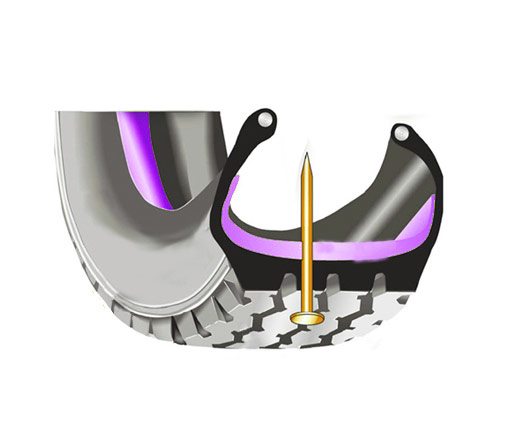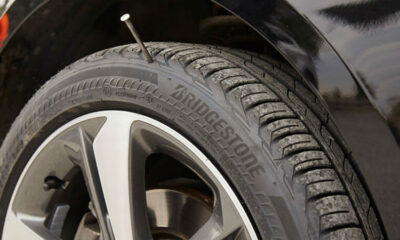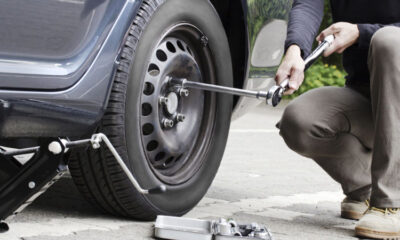Bikes
Tyre Sealants can prevent and repair punctures
Planning for a road trip should be part of the adventure. We all want to get out of bed, jump into the car and head off into the sunset and arrive at our destination. Packing and organising everything a day or more before the drive, alleviates that irritability and last minute rush that we unfavourably become so familiar with.
Being unprepared and disorganised often leads to leaving late and forgetting of important items. Leaving so much to remember at the last minute is a cause for concern and the most important and urgent checks and/or items to remember, get put on the backburner. More so than personal and additional luxuries, the most crucial and life threatening items get missed, which is your vehicle. The fitness of the vehicle should be of utmost priority. This is your transport, the most important item of all that will get you to where you need to be.
Two factors come into play here, they are the road worthiness or current situation of your vehicle, and the road to be travelled. We all have a general understanding of the situation of the roads, whether it is Mozambique, Cape Town or Mpumalanga. This is something that does cross the mind, however it never gets the attention and discussion it should.
Any road trip is a drive on the unexpected and no one can ever predict exactly what road surface awaits you. Even a trip down to the local grocer can be as treacherous as going to the local 4×4 park (we are talking about SA here).
The most important part of the vehicle that commonly gets overlooked are the tyres. Your tyres are the contact between your vehicle and the road. It’s vital to check the following criteria of your tyres before embarking on a road trip.
– The amount of tread on each tyre should be more than 70%. This can be seen by the tread wear indicator. If the indicator is flush with the tread, the tyres have reached the legal limit and should be replaced immediately.
– The pressure of the tyres need to be checked as prescribed for the vehicle. This can usually be found on the inside of the door sill (check both passenger and driver), and sometimes on the inside of the petrol cap. Tyre pressure is crucial for optimum fuel efficiency and tread wear. An under inflated tyre can create additional heat and uneven wear. This can further exacerbate the health of the tyre and even cause a blow-out.
Another important aspect to be aware of, is your spare tyre. Make sure that it is fully inflated and in good condition. There is nothing worse than a spare tyre that is un-usable due to a puncture or no air pressure, as luck would have it, this would only become evident during an emergency situation.

Punctures can be resolved with a plug that is inserted into the puncture zone with a special tool and rubber cement. This can be done at home or at a service station. Alternatively, there is a far superior solution, and this is known as tyre sealant. Tyre sealant, as the name suggests is a glycol or latex based solvent that is inserted into the tyre through the valve. The sealant automatically seals punctures as and when they occur. The sealant immediately fills the puncture hole with or without the penetrating object, preventing an unnecessary breakdown or the need to change the tyre. It also extends the life of the tyre by 40%, improves fuel consumption and gives you absolute peace of mind.
Tyre sealants are an affordable and dependable preventative for breakdowns that are caused due to tyre related problems. Tyre sealants are not the only solution to punctures, an alternative known as foam filling is another method. Unfortunately, foam filing is designed for OTR vehicles (off the road vehicles), such as tractors and mining vehicles that travel at slower speeds than passenger cars and motorbikes. Foam filled tyres are heavier and more expensive than using a tyre sealant.
Depending on the industry and the requirements, each one has it’s positives and negatives.
Next time you take a road trip, make sure your tyres are in good condition and comply to all road worthy standards according to the RAF (Road Accident Fund).




